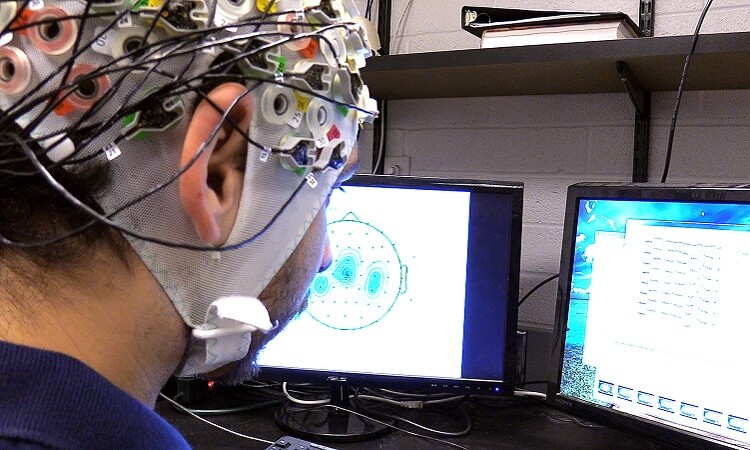
Brain-Swarm Control Interfaces from the Control of One to the Control of Many
19 Nov,2017
Brain-Machine Interfaces (BMIs) have been one of the most influential and disruptive science fields of the past decades. Prosthetic or remotely operated robotic devices being controlled by brain signals has transitioned from science fiction to reality. Advances in the recording electrodes technology and the machine learning and signal decoding algorithms were critical in the realization of those systems. The second decade of the 21st century brings new challenges found in both frontiers; first, advancements in neuroscience are sought via high-resolution mapping of the brain for better understanding of its function and decision making processes. On the robotics frontiers, the challenge of the human controlling many robots simultaneously is of utmost importance for applications spanning from industrial and entertainment, to disaster response and military. As the swarming paradigm, deriving inspiration from the behaviour of natural swarms such as bird flocks and fish schools, offers myriad advantages to a team of robots, the way humans interact and control a robotic swarm creates new avenues of research. This article summarizes recent developments and novel methods for brain-swarm interfaces, and poses challenges for the future researchers.